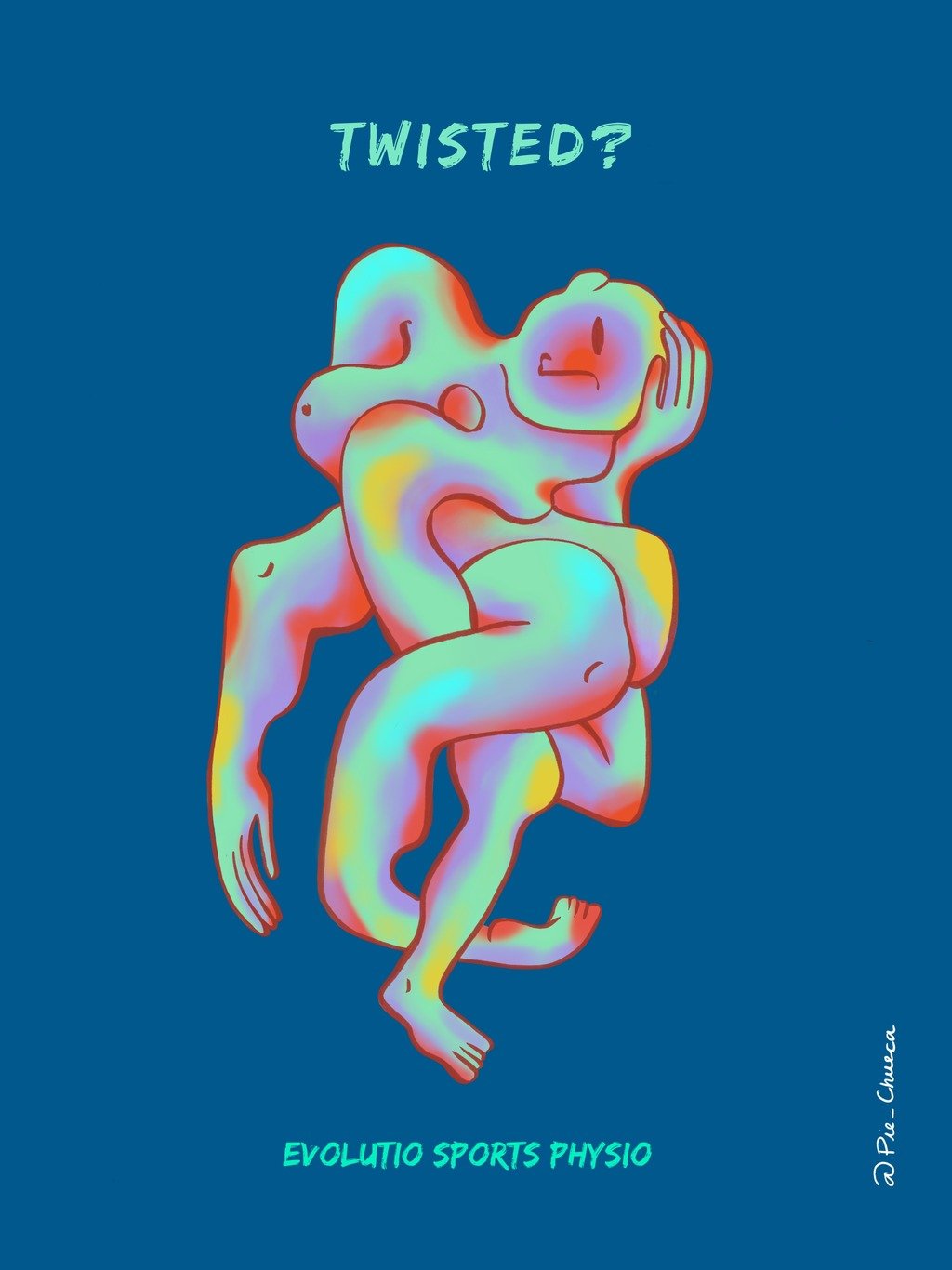
What is the Difference between Physio vs Osteo?
When comparing Physio vs Osteo, both allied health professions focus on enhancing individuals' well-being through hands-on techniques and therapeutic exercises. Still, they differ in their underlying principles and approaches. Physio utilises an in-depth subjective and objective assessment technique to take into consideration the history of injuries/pain and discomfort, combined with current dysfunction and pain to create a strong sense of causing factors of an injury and then build a long-term rehabilitation plan to restore optimal function, whilst managing pain but focusing heavily on strength and restoring mobility, confidence and positivity towards dysfunction. In contrast, Osteo can focus more on the skeletal system and posture related issues leading to your current pain, combined with taking a holistic approach and a look into how your diet, and stress also relate to your pain.

Can Tight Hips Cause Knee Pain?
Ever wondered if tight hips can cause knee pain? Well, tight hips can indeed contribute to knee pain, as the two joints are interconnected and share a strong biomechanical relationship. Anything that affects the knee will affect the hip, and vice versa, any force put through the hip will also go through the knee and vice versa.
When the hip muscles, particularly the hip flexors are tight, they can alter the alignment and mechanics of the lower body. This can affect how the force is distributed during movements, impacting the knee joint. Tight hip flexors may lead to an anterior pelvic tilt, causing the knees to move forward and potentially increasing stress on the structures around the knee. This is why tight hip flexors cause knee pain.

How to Relieve Pain after Massage
Firstly, hydration is crucial to relieve pain after massage. Drinking plenty of water helps flush out toxins released during the massage and prevents dehydration, which can contribute to muscle soreness. Aim to drink at least eight glasses of water throughout the day, and consider adding electrolyte-rich beverages to replenish minerals lost during the massage.

How to Relieve Latissimus Dorsi Pain
Relieving latissimus dorsi pain involves stretching, strengthening exercises, and self-care techniques. Stretching is crucial to alleviate tightness in the latissimus dorsi muscles. You can perform stretches like the doorway stretch or the child's pose in yoga to target the lat muscles. Hold each stretch for at least 15-30 seconds, focusing on breathing deeply to enhance relaxation and flexibility.

Can a Herniated disc cause Hip pain?
Are you wondering can a herniated disc cause hip pain? A herniated disc can cause hip pain through its impact on the adjacent nerves and structures in the spine. The spine is composed of vertebrae, and between each pair of vertebrae lies a disc that acts as a cushion. When a disc herniates, its inner gel-like material protrudes through the tough outer layer and may press against nearby nerves. If the herniation occurs in the lower back or the lumbar spine, the affected nerves could travel down the leg and into the hip.
The compression of these nerves can lead to a condition known as radiculopathy, where pain, tingling, or numbness radiates along the path of the affected nerve. This can manifest as hip pain, especially if the herniation is in the lower lumbar region, as the nerves connected to the hip may be affected. The severity and location of the herniation can influence the specific symptoms experienced, ranging from mild discomfort to sharp, shooting pain.

Can a Torn Meniscus cause Hip Pain?
While a torn meniscus is not directly responsible for hip pain, compensatory changes in gait and movement patterns due to knee pain can sometimes lead to discomfort in other joints, including the hip. Individuals with a torn meniscus may alter their walking or weight-bearing mechanics to minimize knee pain, potentially placing increased stress on the hip joint.

Acupuncture vs Dry Needling, what is the difference?
Acupuncture and dry needling are therapeutic techniques that involve inserting thin needles into the skin for pain relief and other health benefits. Still, they have distinct differences in their principles, origins, and applications. Acupuncture is an ancient Chinese medical practice rooted in traditional Chinese medicine (TCM). It is based on balancing energy, or Qi (pronounced chee) flows through specific pathways or meridians in the body. Acupuncturists insert needles at specific points along these meridians to restore the balance of Qi and alleviate various health conditions, including pain, stress, and digestive issues. Acupuncture is often used holistically, addressing the symptoms and underlying imbalances in the body's energy flow.
On the other hand, dry needling is a modern therapeutic technique rooted in Western medicine and anatomy. It is often performed by physical therapists, chiropractors, or medical doctors and focuses primarily on treating musculoskeletal pain and dysfunction. In dry needling, needles are inserted into trigger points or tight bands in muscles, tendons, or ligaments to release tension and promote relaxation. Unlike acupuncture, dry needling does not follow the principles of traditional Chinese medicine and does not target specific meridians or energy pathways. Instead, it targets localised areas of pain and muscle tightness, making it a more targeted approach for managing musculoskeletal conditions.

Physio for Osgood Schlatters
Osgood-Schlatter disease is characterised by several signs and symptoms, primarily centred around the knee area. Adolescents, typically between the ages of 10 and 15, experiencing a growth spurt and actively participating in sports might notice persistent knee pain as the primary symptom. The pain is localised below the kneecap and is usually aggravated by physical activities such as running, jumping, squatting, or climbing stairs. This discomfort tends to be more pronounced during and after sports participation, ranging from a dull ache to sharp, intense pain.